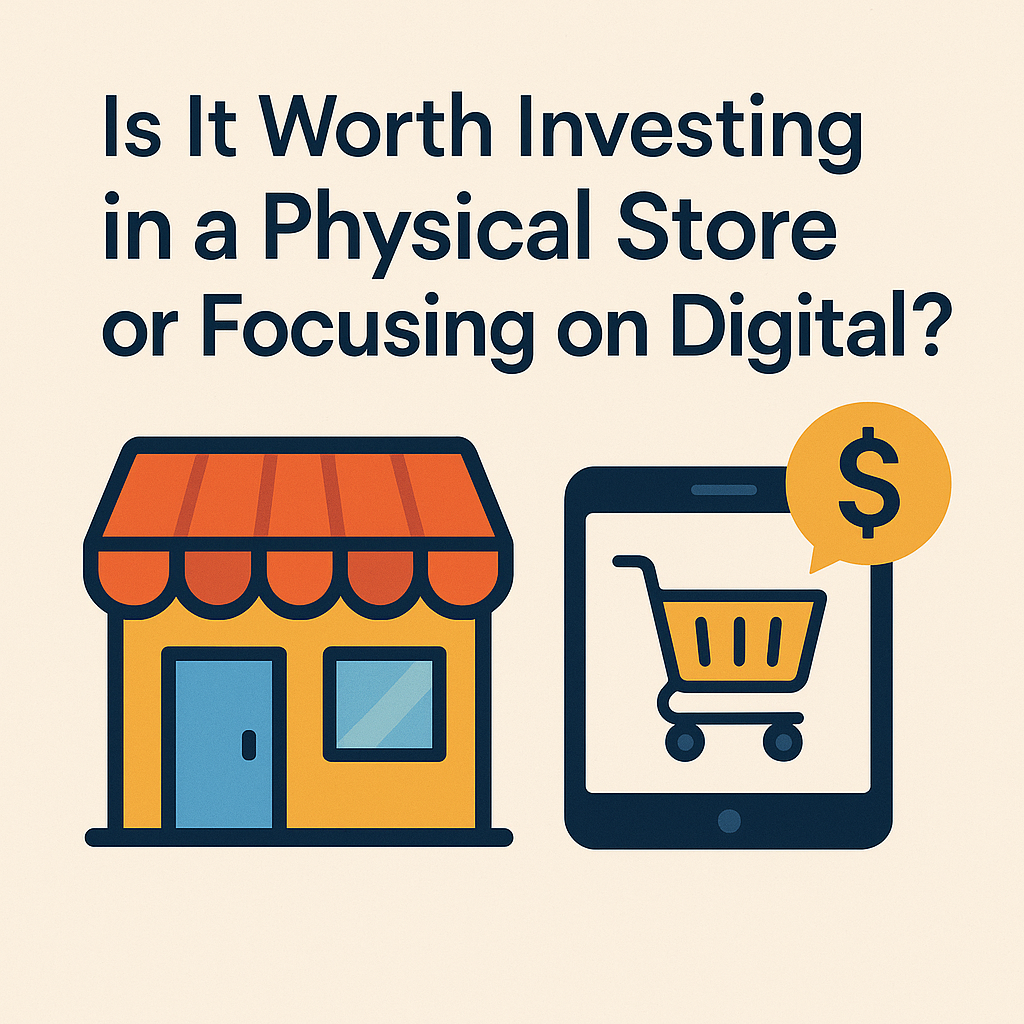Your brand’s visual identity is more than just a logo. It’s the first impression people get when they visit your website, scroll through your social media, or see your packaging. For small business owners, having a cohesive and appealing visual identity can make your brand look more professional, trustworthy, and memorable — even on a small budget.
In this article, we’ll explore how to develop a visual identity that reflects your brand’s personality and connects with your audience.
What Is a Visual Identity?
A visual identity is the collection of all visual elements that represent your brand. This includes:
- Logo
- Color palette
- Typography (fonts)
- Imagery and graphics
- Layout and design style
- Product packaging (if applicable)
Together, these elements tell a story — your story. A strong visual identity helps your business stand out, be easily recognized, and build an emotional connection with customers.
Step 1: Understand Your Brand Personality
Before designing anything, you need to know what your brand stands for. Ask yourself:
- What are the values of my business?
- How do I want people to feel when they interact with my brand?
- If my brand were a person, what personality traits would it have?
For example:
- A wellness brand may want to feel calm, clean, and soothing.
- A tech startup might want to feel innovative, sleek, and modern.
- A handmade cookie business might feel warm, friendly, and nostalgic.
Your visual choices should reflect these traits.
Step 2: Choose the Right Colors
Color psychology plays a big role in how people perceive your brand.
Here’s a quick guide to common color meanings:
- Blue – Trust, professionalism, calm
- Red – Passion, excitement, urgency
- Green – Nature, health, growth
- Yellow – Optimism, energy, friendliness
- Black – Sophistication, luxury, elegance
- White – Simplicity, purity, minimalism
Choose 2–4 main colors that represent your brand. Make sure they work well together and are readable on both light and dark backgrounds.
Step 3: Select Typography That Matches Your Brand
Typography is about more than just picking a pretty font — it’s about finding the right voice for your brand.
There are four main types of fonts:
- Serif (classic, professional – e.g., Times New Roman)
- Sans-serif (modern, clean – e.g., Helvetica, Open Sans)
- Script (elegant, personal – e.g., Pacifico)
- Display (bold, unique – often for logos)
Choose one font for headlines and another for body text. Make sure they’re easy to read and consistent across all your materials.
Step 4: Design a Logo That Reflects Your Brand
Your logo is a key element of your visual identity. It should be:
- Simple and memorable
- Scalable (looks good in any size)
- Timeless (avoid overly trendy elements)
- Relevant to your industry and personality
You can create a professional logo even without hiring a designer:
- Use tools like Canva, Looka, or Hatchful
- Consider buying a template and customizing it
- If budget allows, hire a freelance designer on Fiverr or 99designs
Always create versions of your logo for different uses (full-color, black & white, with and without text).
Step 5: Create Consistent Visual Elements
Beyond your logo and colors, your brand’s visual identity should be cohesive across all platforms. This includes:
- Social media posts
- Website design
- Email newsletters
- Product packaging
- Business cards or flyers
Use the same colors, fonts, and overall style everywhere. Consistency builds trust and recognition.
Tip: Create a brand style guide — a simple document that outlines your fonts, colors, logo usage rules, and examples. This is especially useful if you ever work with designers or marketers.
Step 6: Use Quality Images and Graphics
Visual content plays a big role in how people perceive your brand. Use high-quality images that align with your brand personality.
Options include:
- Custom photos of your products or team
- Stock images (free on Pexels, Unsplash, or paid on Shutterstock)
- Simple illustrations or icons that match your colors
Avoid low-resolution or generic images. Your visuals should feel authentic and unique to your business.
Step 7: Think Mobile-First
Most people will interact with your brand through a phone. Make sure:
- Your logo is readable in small sizes
- Your website design looks good on mobile devices
- Social media visuals are formatted correctly for each platform
A visual identity that doesn’t work on mobile will limit your impact and frustrate potential customers.
Step 8: Get Feedback and Test
Once you’ve built your visual identity, test it with others. Show it to:
- Customers
- Friends or fellow entrepreneurs
- Online communities in your niche
Ask:
- Does this look professional?
- What kind of business do you think this represents?
- Is there anything that feels off or inconsistent?
Feedback helps you make small tweaks before fully launching.
Step 9: Evolve, But Don’t Rebrand Constantly
As your business grows, your visual identity might evolve. That’s normal. But be cautious about changing your branding too often.
Consistency builds familiarity. Frequent rebranding confuses your audience and dilutes your message.
Make small improvements when needed — but stick to your core identity unless there’s a strong reason to pivot.
A Cohesive Visual Identity Builds Trust and Connection
You don’t need a huge budget to create an attractive and effective visual identity. With some thought, research, and the right tools, you can design a brand that feels true to you — and stands out to your audience.
Remember: every color, font, and image tells part of your story. So make that story clear, consistent, and compelling.
